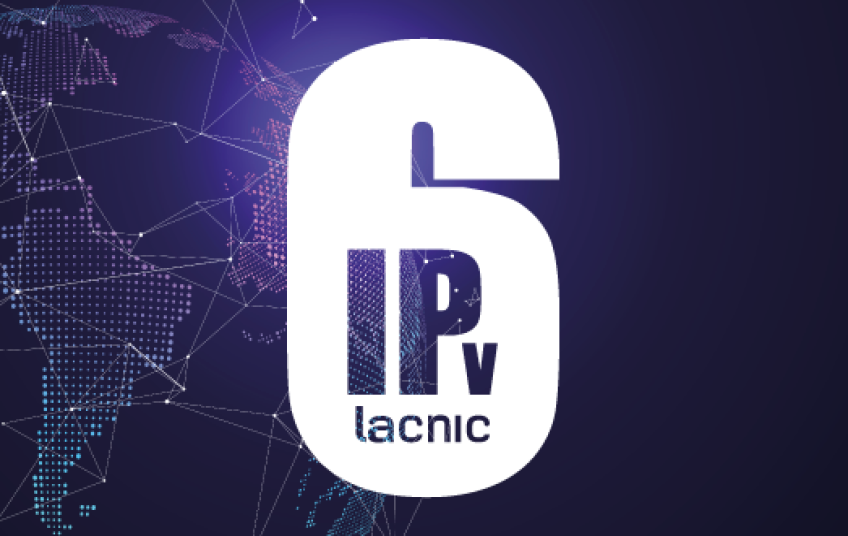We live in times where technology is changing human activities at a speed never seen before. The greatest opportunity and, at the same time, challenge along this path has been the transfer of many of these activities to the Internet. For this reason, any change in its structure and operation has a relevant impact.
Why act at the corporate strategy level
Companies need to face digital transformation to capture opportunities and survive. However, we rarely reflect that, in reality, the greatest impact has not been produced by the use of digital devices (PC, tablets, mobile phones, TV, software applications...) in isolation (20th century), but by the interconnection of all of them in a global village that is based on a network of networks called the Internet.
The success of the Internet was due to its open, cooperative and royalty-free model of standards that today continues to be defined by an organization with that same open model, the IETF (Internet Engineering Task Force).
The Internet was designed as an interconnection network for defense, knowledge of universities and research centers, but not for the crucial role of hosting the transformation of all activities and sectors.
Proof of this is the limitation on IP addressing (the identifier that we assign to each element that connects to the network), but it is not the only limitation that must be resolved, in addition to the fact that it was imperative to define an extensible standard. Because of this, the IETF defined the extensible and scalable IPv6 standard as early as 1998, which replaces the limited IPv4 of 1983.
This change of the “irons” of the Internet has taken almost 20 years. Now the level of deployment worldwide is already 40%, with the large digital economies exceeding 50% or about to do so.
Following the adoption of IPv6 by technology giants (Google, Facebook, Apple, Amazon, Netflix, Uber, Spotify, Microsoft, etc.) and Internet providers to end users, the next point in the value chain is the companies whose Commercial activities are already carried out on the Internet today.
Why do it now, in 2023
Gartner, in its prestigious 2021 analysis of network technologies in corporate environments, estimated that IPv6 is a mature technology on the “Slope of enlightenment” and that it will be adopted between 2026-2031 (5-10 years). from the studio) mostly.
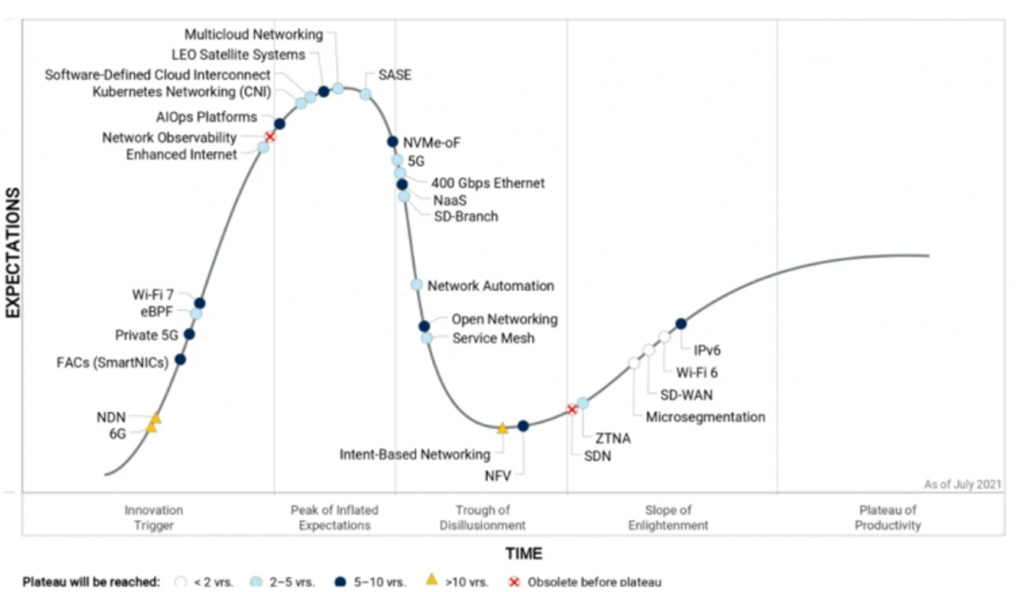
Reference: Gartner Hype Cycle for Enterprise Networking 2021
Not adopting IPv6 means not understanding and testing what the challenges and opportunities are like in the emerging Internet. As we will see in the examples below, the technology giants have traveled part of this path.
A very recent example involves Apple, Google, Amazon and Samsung, which have based their Matter/Thread alliance for home IoT on the IETF 6LowPAN standard for low-power networks (LowPANs), which has no equivalent in IPv4. This standard is being adopted by hundreds of companies in this sector. Thus, mesh networks of home devices use IPv6 only between them, even if they have to communicate externally with the Internet or company platforms through IPv4.
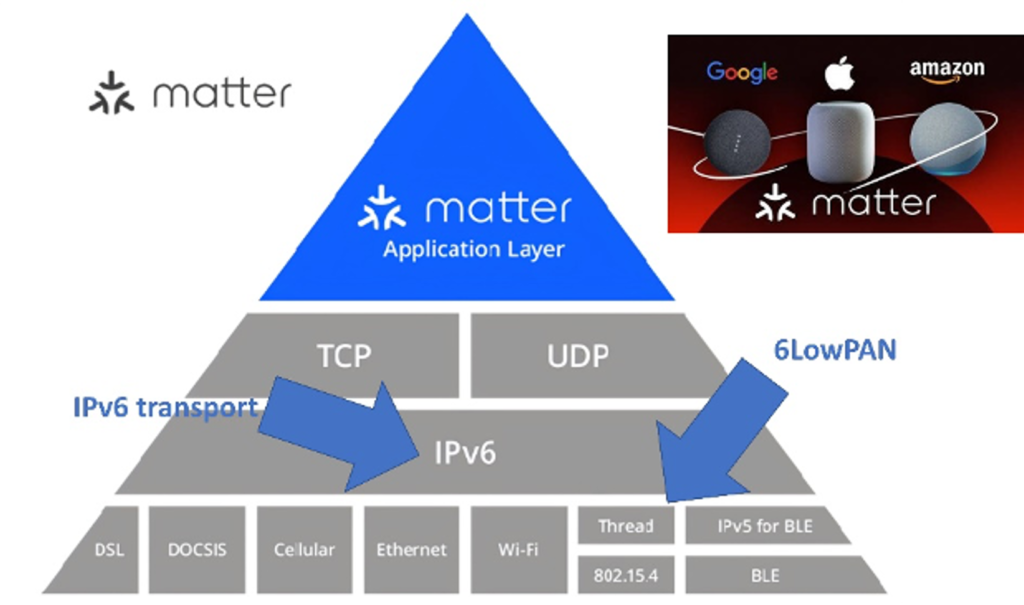
Reference: Matter software development kit (SDK) from GitHub. / CNET
Another specific example is the SRv6 (IPv6 Segment Routing) traffic engineering model for Internet WAN networks, standardized by the IETF, which has no equivalent for IPv4 networks, although it does have an equivalent for specific networks below the IP level (SR-MPLS). Multinational companies that are migrating from WAN models based on MPLS networks to models with a greater weight of Internet links or that want to take segmentation to an end-to-end level (up to the Datacenter host), have a good opportunity with SRv6.
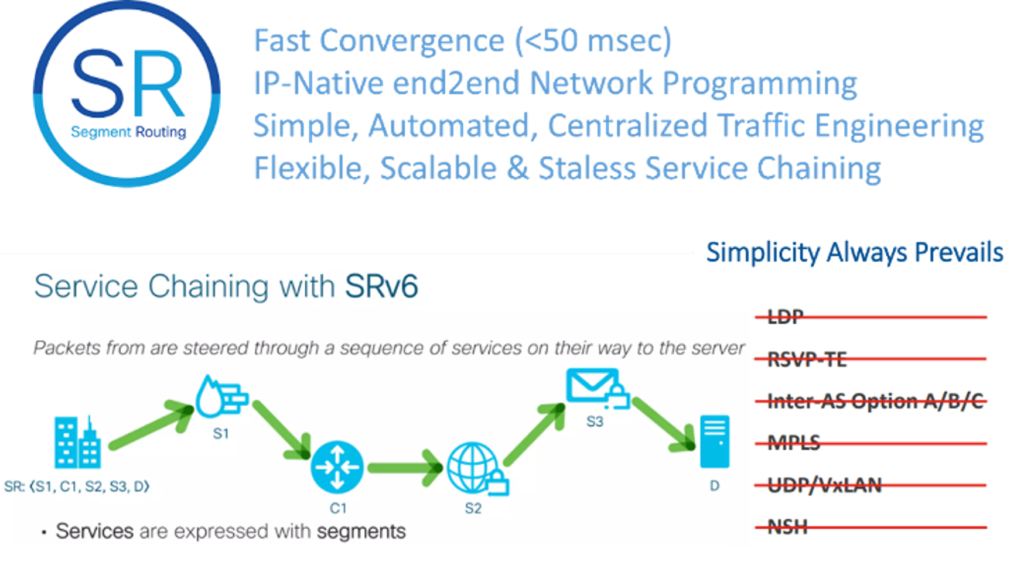
Reference: SRv6 Network Programming: deployment use-cases / Cisco SRv6
The last example that we bring to light in terms of opportunities is that of a part of the Web3.0 community that is committed to a much more distributed Blockchain model for transactions and deeply rooted in the design and use of the IPv6 standard. We do not know if it will be an option that will take hold in the Web3.0 or the metaverse ecosystems, but the truth is that it is risky not to understand it and be able to get involved in it if it moves forward.
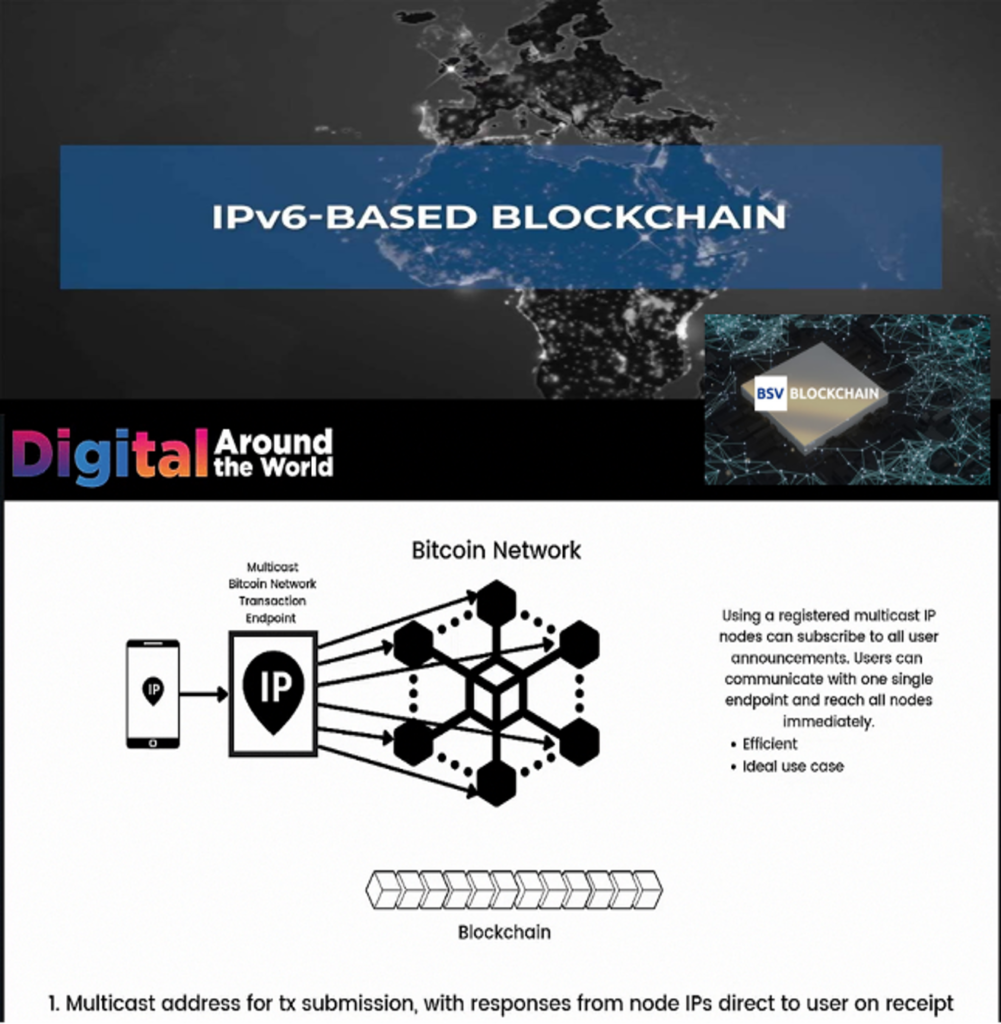
Reference: Bitcoin with billions of secure transactions per second, with IPv6 multicasting
Furthermore, not adopting IPv6 means ignoring that there are software applications, systems, licenses, firmware and equipment that may not support it, may not be optimal or generate extra costs in the IPv6-only environments that the Chinese government and American agencies have identified for 2030.
How to be efficient in corporate IPv6 adoption
The most important thing is to know what current efficiency problems the non-adoption of IPv6 is causing us. This is connected to the problems that are arising for companies in different areas:
-
In the Cloud field, AWS has identified that the backends of containerized services (for example, with Kubernetes) are difficult to scalable due to the scarcity and complexity of interconnecting private IPv4 domains.
-
In the field of massive applications and services, giants such as Apple or Netflix have identified that the deployment of only-IPv6 and IPv4-as-a-service in mobile networks (464xLAT technology) in the US, India and China, are producing increases in perceived quality or end-to-end user experience (UX) for your services.
-
In the field of IoT for utilities, many public tenders for water, electricity or gas meters already require cellular connectivity only - IPv6 to avoid deploying thousands of translators from private to public addresses (NAT44).
-
In the home IoT space, the Matter/Thread standard means millions of devices in homes capable of connecting bidirectionally end-to-end do so natively over IPv6, meaning that IPv4 platforms have a harder time taking advantage of this model ( for example, with protocols such as CoAP over UDP, which is more efficient and interactive than HTTP over TCP).
-
In the field of industrial IoT, massive connectivity of private 5G or Wifi6 networks and complex solutions such as digital twins or immersive experiences will require simplified network architectures without points of failure or bottlenecks such as address translators ( NAT).
-
In the field of network engineering, large companies must interconnect private domains of IPv4 addresses, avoiding collisions, especially in the usual operations of internal reorganizations and acquisitions or mergers. Many times, unauthorized public addressing is used internally, which requires resources to isolate it and prevent leaks to the outside.
-
In the field of regulation, government agencies and authorities from the US, China, Hispam, India and the European Union are aware of the change in model and have been promoting the adoption of IPv6 with measures, but they are already beginning to consider deadlines and strategies to turn off IPv4 (IPv6-only and IPv4 sunset models). This is especially important for companies operating in critical infrastructure sectors or regulated businesses.
Once a company is aware that efficiency implies the adoption of IPv6, it is very important to learn from the previous experience of ISPs and Internet giants so that this evolution is an economically efficient process. For this reason, it is important to consider the following recommendations:
-
It is a strategic and transversal work, in which a small internal group must be involved at first, but where areas such as network, security, platforms, systems, backend/frontend, datacenter/cloud, marketing (user experience and applications/services), finances and purchases. This will allow you to plan and prioritize, but above all, coordinate suppliers and avoid false steps.
-
Training is essential and will prevent us from investing in obtaining external help when events occur or problems are encountered.
-
Technical departments will feel safer adopting IPv6 in parallel, that is, the dual-stack strategy (IPv4+IPv6), but the truth is that ISPs have shown that it can be quite expensive. It seems that the most reasonable strategy is only-IPv6 where possible (greenfield and brownfield non-critical) and dual-stack where there is no choice (brownfield) critical but always with an IPv4-as-a-service or even IPv4-sunset plan to save/optimize costs.
-
Many times setting up IPv6-only environments (IPv6-only Sandbox), even if the service is initially going to come out with dual-stack, is the only strategy that allows us to identify which external and internal providers are really advancing and analyze failures or vulnerabilities. This is important to avoid problems and extra costs due to non-compliance and unforeseen failures in the company's value chain.



